To do experiments yourself is a way to internalize information and turn it into knowledge, your own. Not until data and facts are internalized can they be combined and used in the creation of new knowledge, in the innovation process. However, it is also important to recognize the value in what has already been done, thought about and reported by others. Not all are equipped with the capacity to internalize others’ conclusions but as trained scientists we are and we should do this more often.
Recently, we got an assignment from a client who wanted us to discuss with them some key issues with the chemistry of their formulations. It is a perfect project because it was completely focussed on reading and thinking before discussing and not until after this should we consider any practical studies to test a potential hypothesis. Too often, new data is valued higher than understanding old data. The lists and tables of new numbers are easy to evaluate. The time to produce them are easy to put a number on, while finding the right text, evaluating, re-reading and thinking in ones chair is so much more difficult to get appreciation for. Until…
Until you have the discussion with the stake holder where you are secure about your hypothesis and your understanding of what is going on. Then you are praised, for finding the text, reading it and disseminating its meaning in the context of the client. Some clients recognize this value and they are the ones asking for it.
In this recent project, we also talked to one of our Great Minds of Greater CR, Ulf Ellervik, who acted as the perfect sounding-board for us in a brief setting proving that a few minutes with great thinkers after some thorough thinking yourself, can get your project starting off with the right angle from the right platform. He was also the one suggesting we should read the article pictured to the left, from 1977 that by the way is not easily found through googling…
The project is one of our Scientific Consultancy packages where we go to the client’s site to give a lecture based on a problem statement given to us in advance. Included is also that we participate as consultants in roundtable discussions with project managers and project owners after the lecture.


